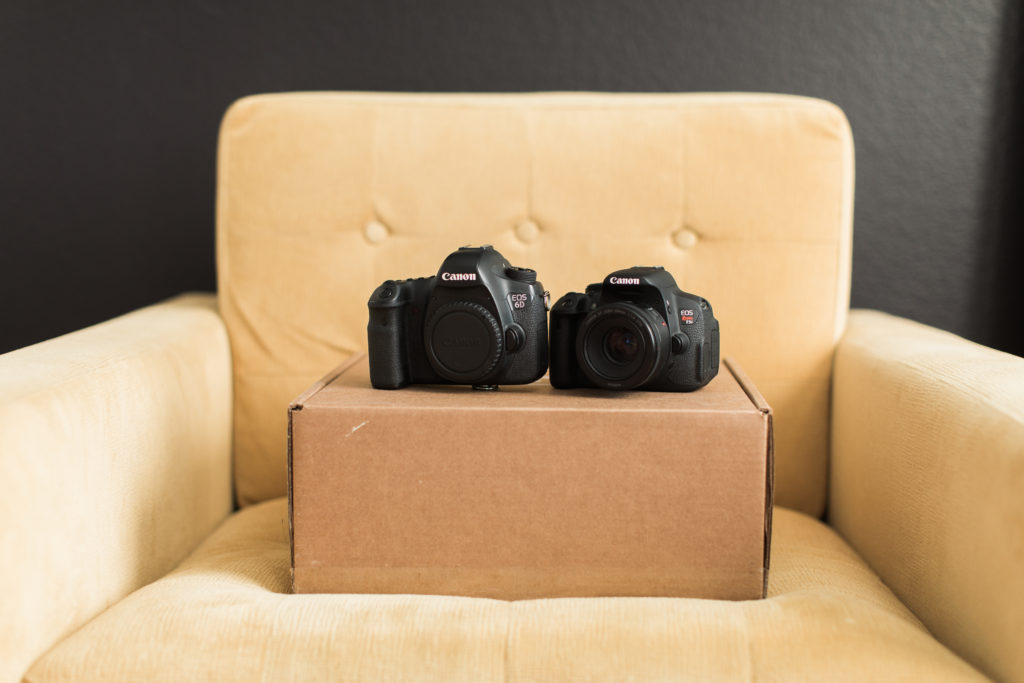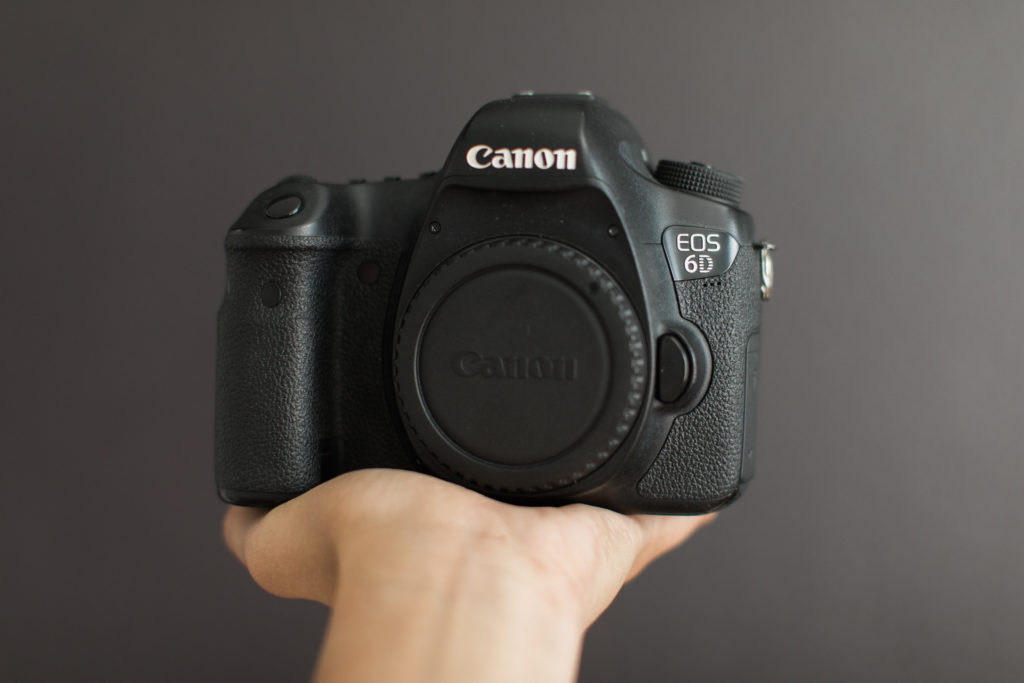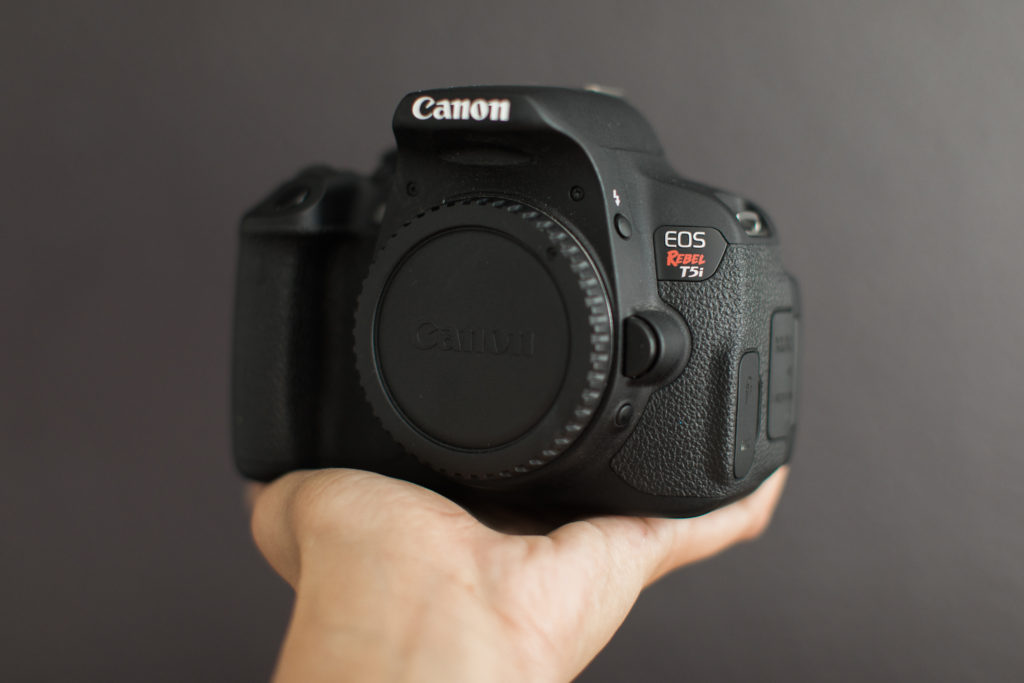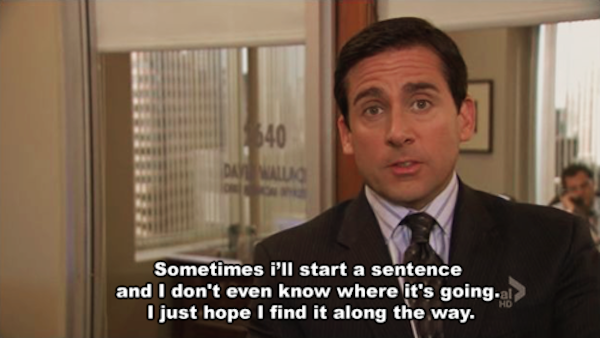 If you’re wanting to purchase a camera this Holiday season, you’ve come to the right place! Sorry in advance, because this will definitely be my longest post!! I get asked a lot about what camera to purchase for those just starting out, and I always love getting this question! I’m completely self-taught, so it means a ton whenever someone comes to me for advice.
If you’re wanting to purchase a camera this Holiday season, you’ve come to the right place! Sorry in advance, because this will definitely be my longest post!! I get asked a lot about what camera to purchase for those just starting out, and I always love getting this question! I’m completely self-taught, so it means a ton whenever someone comes to me for advice.
In this post I’m going to break down everything you need to know about what gear to purchase this season and why you need it. Without knowing the why behind the gear and how it works, you can purchase everything in sight and still not get the results you want (which is why my response to the question of what camera to get is usually paragraphs long!).
So first things first! When getting started with the purchasing process, you need to have a few important questions answered:
1) What’s your budget range? I always like to have a spending range, rather than a set price point. This allows for some flexibility in your purchase, and helps to lessen the chance that you’ll miss out on a better deal just because you’re set on one price point. For the sake of this post, the budgets I’ll be focusing on are $600-$1200. I don’t know of many cameras that I could stand behind that are less than $600, which is why that’s the starting range for this guide.
2) Is the camera for a hobbyist or someone eventually wanting to shoot full time? This helps decide on the camera body you’d be purchasing!
3) What is the main purpose for the camera? Is it going to be used for taking day-to-day pictures of your family/hobby or starting a photography business? This helps determine the lens and body options!
4) Is the purchaser comfortable with buying a used camera? Buying a used camera opens up a bit of wiggle room, which I’ll discuss below!
So before I get into detail on those questions above, it’s important to note that I shoot with a Canon. Therefore, I can only speak on behalf of the Canon brand, however, if you’re interested in Nikon or other brands, you can always google to find the comparable body!
FULL FRAME VS. CROP SENSOR | Okay, now on to explaining the why behind everything! This will be a crash course on the basics just so you’re understanding the reasoning behind my recommendations. When looking at cameras, there’s two main categories: full frame and crop sensor cameras. I could explain this in a ton of detail, but that’d just get confusing. Simply put, a crop sensor automatically crops the edges of your frame, while a full frame camera captures everything you’re supposed to see. This affects the lenses you use because whatever lens you’re using, the focal point is automatically multiplied by 1.5-1.6x for crop sensor cameras. Example: if you purchase a 35 mm lens (wide-angle) and use it on a crop sensor camera, it’ll act more like a 56 mm lens. Think of it as unnecessary “zooming” or “cropping” to keep it simple. Certain crop sensor cameras these days are pretty advanced, but full frame cameras are the preferred option if you’re considering photography full time.
There are many different reasons to purchase a camera these days. Whether it be to document your first child’s every move, remember your first year of marriage, capture your travels, or even pursue photography professionally, I think everyone should at least consider purchasing a camera at some point in their lifetime. The notion that you have to be a professional just to purchase a camera is so outdated, and I’m truly an advocate for documenting every aspect of life.
CAMERA BODIES | As I mentioned earlier, there’s two different camera categories. If you’re just purchasing the camera for anything other than pursuing photography, I’d highly suggest purchasing one of the great crop sensor bodies out on the market such as the Canon T6i, or even the older version, Canon T5i. Both are available right now for around $600, and that includes an 18-55mm kit lens. If you’re interested in pursuing photography, I’d suggest looking into the Canon 6D, which is a full frame camera. The 6D body can be purchased used for around $750-$900, or purchased new for $1200. If you’re interested in pursuing photography seriously, splurging the extra $$$ to get a full frame camera is definitely worth it! I used the 6D as my main camera body for years and I LOVED it!
If you’re looking for a camera you can take everywhere with you to document day-to-day stuff, I’d suggest looking at the line of Sony mirrorless cameras. My sister has the a5100, but the a6000 (I’ve never used this one) is available for $50 more, putting these cameras in the $450-$500 range.

LENSES | When purchasing lenses, it can get confusing seeing all of the numbers next to the lenses. I’ll try to keep this section as simple as I did the part on full frame vs crop sensor! Basically, the smaller the lens number (24 mm, 35 mm, etc.), the wider it is. The larger that lens number is (ex: 85 mm lens), the further your subject has to be (generally speaking). Zoom lenses have two numbers, such as the 18-55 mm lens stated above. Prime lenses have a fixed focal length and only have one number next to their name, such as the 50 mm 1.8. For these, you have to move your feet in order to “zoom” in or out. Prime lenses are my preferred lenses, especially for portraits!
In summary: 50 mm 1.8, great for portraits of your family, pets, and all around-usage. I recommend this lens to everyone starting out! For the $125 price point, you really can’t beat that. If you’re just using the camera to document everyday life and not looking to get too into photography, the 18-55 kit lens is fine.
ACHIEVING BOKEH | I had many people ask what lenses help give that “blurred out effect” known as bokeh. Bokeh is super important when shooting portraits since it helps draw your attention to the subject. Long answer short, look at the number next to the ‘mm,’ known as the ‘focal length.’ Example: the 18-55mm kit lens that comes with most cameras has a focal length of 3.5, however, the “nifty fifty” that I suggest to everyone has a focal length of 1.8. For those looking to shoot portraits, I’d recommend the Canon 50 mm 1.8, which is an amazing price of $125! The lower the focal length, the easier it is to get that bokeh in the background! This blurred out effect is all due to aperture, so read up on that if you’d like to know more! Reminder: if you’re shooting on a crop sensor, a 50 mm lens will act more like a 80mm lens.
USED VS. NEW | I purchased all of my camera bodies new, but that’s only because I like purchasing warranty just in case. If you’re looking to buy your first full frame camera like the 6D, I’d recommend purchasing used since the prices are much much lower that way. A new 6D version II was released this year, making the first version a ton cheaper if purchased used. Last tip, when buying a used camera from someone else, always make sure to ask what the shutter count is! Shutter count to cameras is similar to mileage with a car.

My goodness..that was a TON of information, but I hope you found it helpful! I know purchasing a camera, whether for yourself or a family member, can be extremely difficult. There’s so many options, not to mention deals this time of year, and that just makes everything so much more confusing. I hope this post gives you the knowledge and confidence you need to buy the perfect camera for you this Holiday season! I’m sure I left something out, so if you have annnny questions, please leave them below and I’ll answer them! Thanks so much for reading through, be sure to let me know what camera and lens you end up purchasing this year! I’d love to know!

PERFECT! This helped clear up all of my questions. I was so confused before. THANK YOU!
So glad I could help out Jalen!! Can’t wait to see all of the pictures of the cute pups you get to work with! You’re going to make so many families happy!